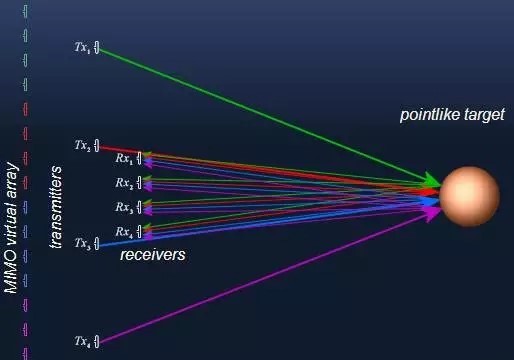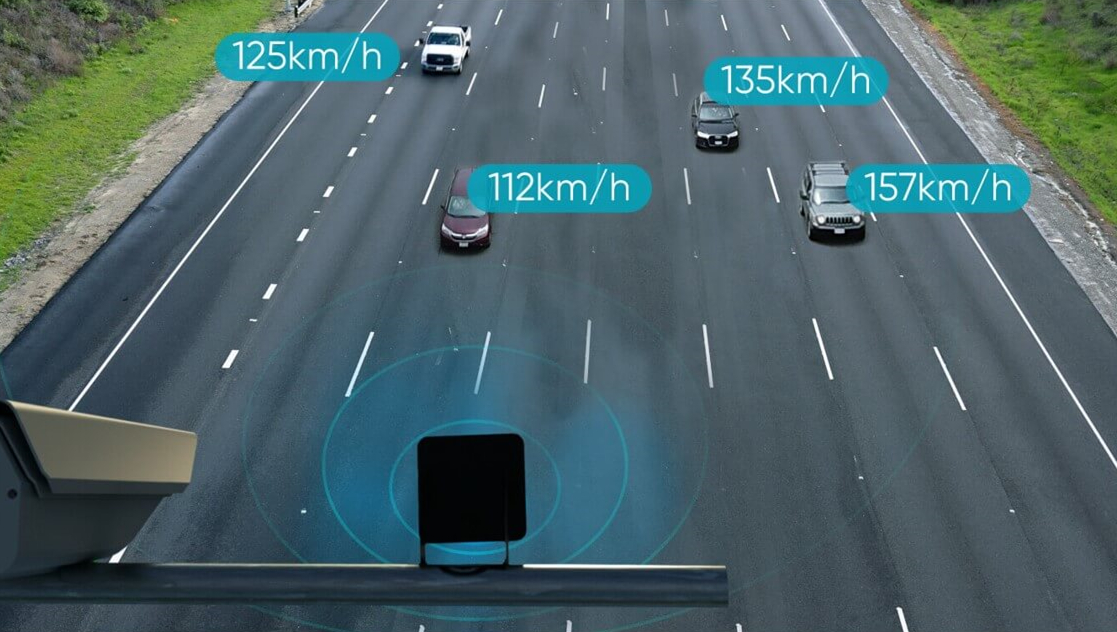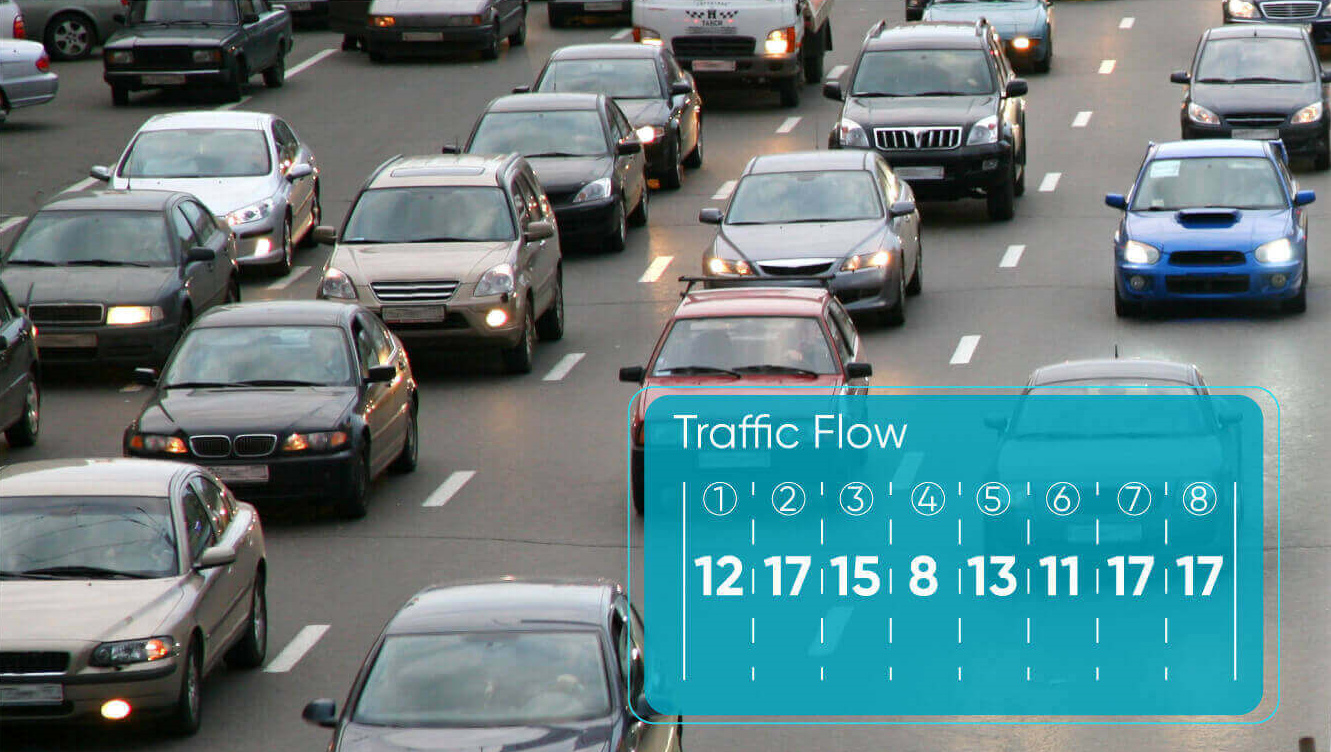The principle and application of multi object tracking radar

1、 Detailed explanation of the principle of multi object tracking radar
The working principle of MIMO radar
MIMO (Multiple Input Multiple Output) radar, also known as multi input multiple output radar, has its unique working principle. Compared with traditional radar, MIMO radar is equipped with multiple transmitting antennas and multiple receiving antennas. During operation, multiple transmitting antennas simultaneously emit mutually orthogonal waveform signals, which propagate in space and reflect upon encountering a object. The reflected echoes are received by multiple receiving antennas. Due to the orthogonality of the transmitted signals, the receiving end can distinguish the echoes corresponding to different transmitting antennas based on a unique encoding method, thereby obtaining more information about the object, such as its orientation, distance, velocity, and even its shape, structure, and other details, achieving more accurate and comprehensive detection of the object.

Object information acquisition method
FMCW transmits a continuous wave signal with a frequency that varies linearly with time. When the signal is reflected by a object, the frequency difference between the echo and the transmitted signal is proportional to the distance to the object. Through frequency mixing, spectral analysis, and calculation, object distance information can be obtained; At the same time, utilizing the characteristic that the Doppler frequency shift generated by the radial motion of the object relative to the radar is proportional to the velocity, multiple continuous chirp signals are processed to obtain velocity information; Antenna array beamforming techniques, such as phase interferometry or MUSIC algorithm, can also be used to compare the phase or amplitude differences of echoes received by different antennas to determine the object angle information.
Analysis and processing of intermediate frequency signals
The analysis and processing of intermediate frequency signals is a key step in FMCW radar systems, mainly including signal preprocessing, spectrum analysis, object detection and parameter estimation, and signal post-processing. Firstly, in the signal preprocessing stage, the intermediate frequency signal is filtered, amplified, and sampled to improve signal quality and convert it into a discrete digital signal. Secondly, using fast Fourier transform for spectral analysis and improving frequency measurement accuracy through spectral correction methods to obtain the spectral characteristics of the signal. Then, based on the spectral characteristics, object detection is performed by measuring the frequency difference and offset in the spectrum, combined with radar system parameters, to estimate the distance and velocity of the object. Finally, in the signal post-processing process, data fusion and object tracking are performed to improve the accuracy and reliability of object detection and parameter estimation, and to obtain information such as the object’s motion trajectory.
Object trajectory tracking algorithm
The principle of object trajectory tracking is mainly based on continuous estimation and updating of the object state to construct the object’s motion trajectory. Firstly, when using filtering algorithms such as Kalman filter for object trajectory tracking, the next state of the object will be predicted based on its motion model, such as uniform linear motion model or uniform acceleration linear motion model. This prediction is based on the previous object state, such as position, velocity, etc., as well as preset motion model parameters. Then, when the current observation value is received, the predicted value is fused with the observation value. By updating the equation in the filtering algorithm, the predicted object state is corrected based on the error between the observed and predicted values, as well as the statistical characteristics of observation noise and system noise, in order to obtain a more accurate estimation of the object state at the current time, including more precise information such as position and velocity. Over time, by continuously repeating the above prediction and update process, the object’s motion trajectory can be gradually constructed, achieving continuous tracking of the object.
In multi object tracking scenarios, in addition to the basic principles of single object tracking mentioned above, it is also necessary to address the issue of object association. Due to the presence of multiple objects simultaneously, it is necessary to determine which object detected at the current moment is the same as the previously tracked object. Usually, some association algorithms are used, such as nearest neighbor method, probabilistic data association method, etc., to calculate the degree of association between each detected object and existing tracked objects at the current time, such as distance, similarity, etc. Then, based on the degree of association, the detection object is matched with the tracking object. For successfully matched objects, state updates and trajectory maintenance are performed according to the principle of single object tracking; For newly identified unmatched objects, initiate a new tracking trajectory; For objects that have lost their association, determine whether to terminate tracking based on certain rules. By continuously associating objects, updating their status, and managing their trajectories, multiple objects can be tracked simultaneously.

2、 Application fields of multi object tracking radar
Intelligent Traffic Management
Multi object tracking radar has a wide and important application in the field of intelligent traffic management. It can real-time calculate traffic flow and analyze changing trends, providing a basis for traffic management departments to formulate response measures in advance; Can accurately monitor vehicle speed and capture violations, and also support interval speed measurement, effectively curbing speeding behavior; By tracking vehicle trajectories, vehicle behavior can be analyzed, abnormal behavior can be alerted in a timely manner, and accident cause analysis and responsibility determination can be assisted; Its data can be used to optimize traffic signal control, achieve adaptive signal control, and improve intersection traffic efficiency. Greatly improved the level and efficiency of intelligent transportation management.

Security monitoring
In a complex and ever-changing security environment, multi object tracking radar has the advantages of all-weather, long-distance, and precise detection, building a strong security defense line in key areas. At key locations such as airports, stations, and prisons, radar is used to construct an invisible protective network and monitor intrusion objects in real-time. Once abnormal, quickly lock and accurately locate, link monitoring and alarm systems, and notify security for disposal. Like perimeter security radar, it adopts coherent early warning technology to seamlessly cover the monitoring area, without fear of light, wind, rain, sand and dust. It accurately identifies personnel and vehicles entering, filters out interference such as birds and fallen leaves, and reduces false alarm rates; In the intelligent security system, multi-sensor data from video, infrared, and radar are integrated to verify objects from multiple dimensions, improve warning reliability, and provide strong support for security decision-making.
Market Drivers and Challenges
The booming development of the multi object tracking radar market is driven by multiple factors. At the military level, geopolitical tensions have prompted countries to strengthen their national defense forces. Advanced multi object tracking radar is the key to building a modern air defense and antimissile system, which is of great significance for stealth object detection and low altitude penetration object interception. For example, in the Russia-Ukraine conflict, the demand for battlefield situation awareness of both sides has surged, stimulating the demand for multi object tracking radar.
Civilian expansion is another growth engine. Intelligent transportation deeply transforms travel modes, with vehicle road collaboration and autonomous driving technology relying on multi object tracking radar to perceive real-time vehicle and pedestrian dynamics. The upgrading of urban transportation intelligence has spurred a massive demand for radar deployment; In the era of Industry 4.0, factory automation production lines introduce radar monitoring of materials and robot operation to ensure smooth production processes; In the field of security monitoring, from the city perimeter to key facilities, multi-object tracking radar guards around the clock, accurately warns of intrusions, and builds a solid defense line for social security.
However, market development also faces many challenges. The high cost is the key constraint on popularization. High end multi object tracking radar has high research and development production costs due to core technology monopoly, complex processes, and high-performance materials, which deter customers in the civilian field and limit market penetration and large-scale applications.
The imperfect regulatory standards are particularly prominent in the civilian field. Emerging application scenarios such as autonomous driving and unmanned aerial vehicle control lack unified and adapted radar technology specifications and safety standards, hindering product certification promotion. Enterprises are at a loss for research and development and market access, and urgently need industry collaboration and government guidance to improve the regulatory ecosystem and safeguard the steady progress of the multi object tracking radar market.
